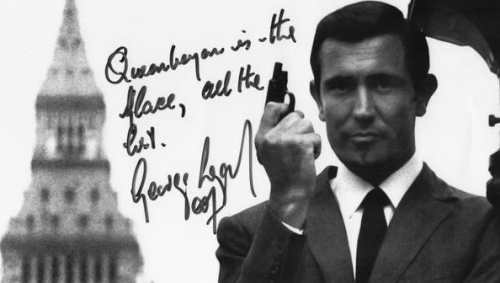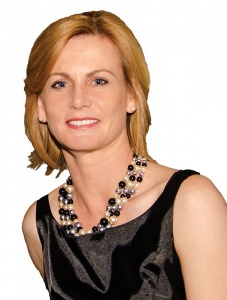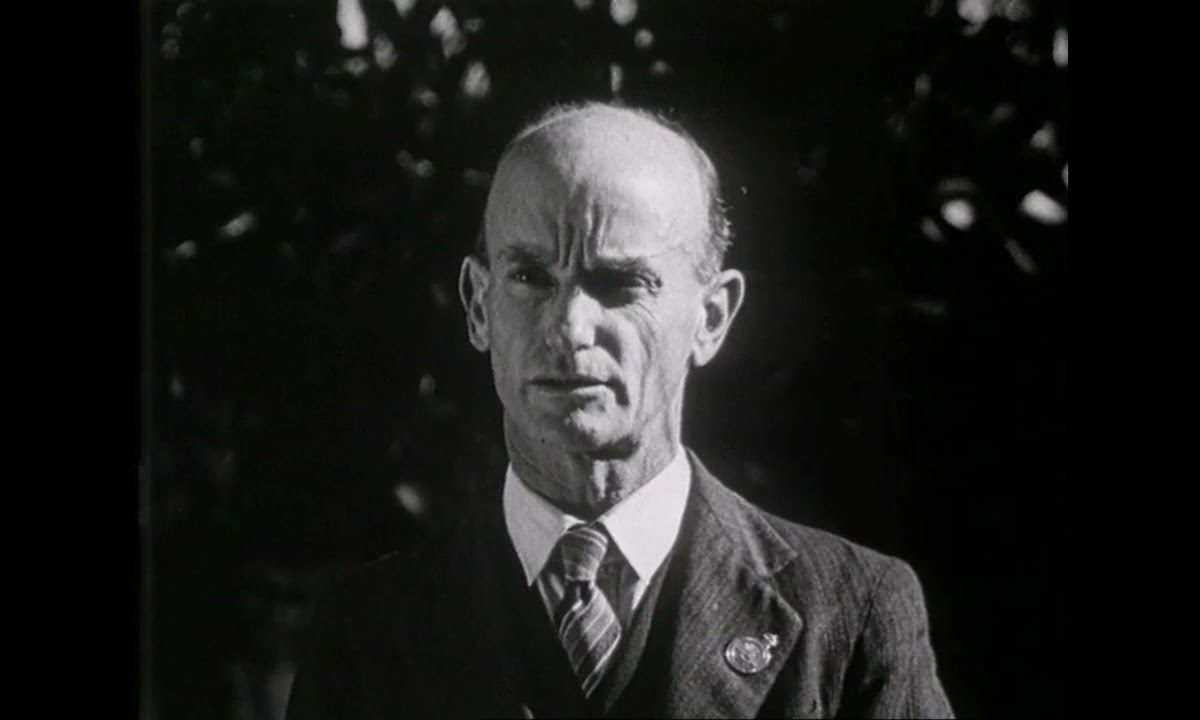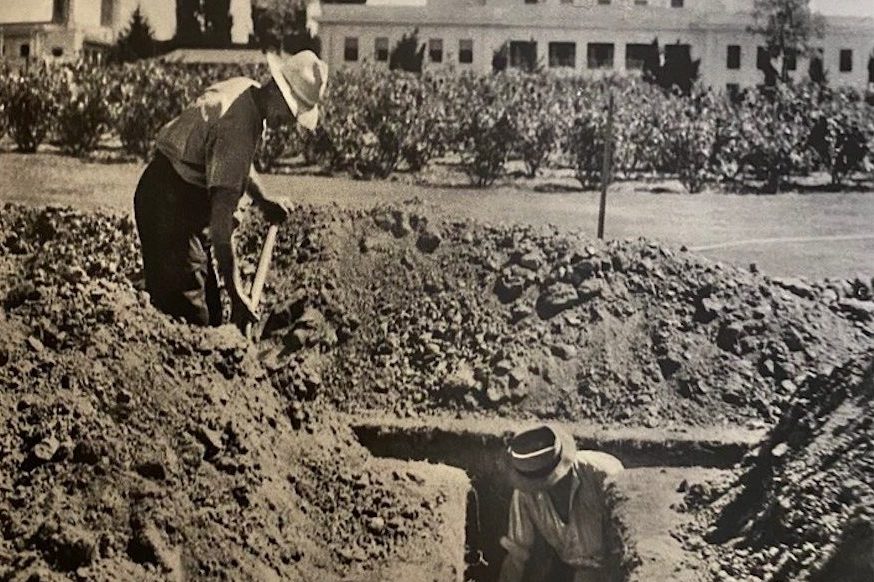
WHAT, I hear you ask, could the man responsible for the creation of that most parochial of sports, Australian Rules Football, one of the most highly regarded writers this country has produced, and the only antipodean to don the tux of the world-famous spy, 007, possibly have in common?

More than just being “Strayan”, more than being legends on the scale of those who wear undergarments on the outside of their clothes; Thomas Wentworth Wills, Miles Franklin and George Lazenby are able to boast something of even greater import: each has an enduring connection with the City of Champions – Queanbeyan, NSW 2620, population 42,000. And for this they’ve earned a place on the recently instigated (and clearly, much-needed) Honour Walk.
To suggest the little-city-that-could, perched for posterity as it is at the point at which a state becomes a territory, has long punched above its weight in the turning out of stars of major proportions, is undisputed.
In honour of this honour, in 2011, the idea of a Walk of Honour was advanced, with the First Eleven of local celebrities set in stone (and bronze) in order that they might be passed over daily by an admiring public, in the revamped Crawford Street Lifestyle Precinct.
Formula One fantasmo, Mark Webber; the multi-talented squash-tennis-racquetball-hockey dynamo, Heather McKay; genius of the rugby goose-step, David Campese – and now two more of the incredible 12 locals to have represented Australia in that sporting domain, Alan Morton AM (11 Tests) and Matt Giteau, who played in the green and gold 103 times – all feature.
They join a bevy of seemingly boundless bounty in Stage II of the project, among them, a bloke whose name is much less known than expected in a country peopled by the sports-mad.

Tom Wills was a celebrity sportsman well before Shane Warne gained that level of infamy, who dared take a dozen English wickets in his inaugural match at Lord’s, and even more historically significant, act as captain-coach of the First Aboriginal XI to tour Britain. Cricket you say, guvernor? A powerhouse in rugby, too, and it was his feeling that this code was “too English” (we requiring something more befitting our general “harshness”), that he went on in 1859 to make one up that he believed eminently more suitable.
And Queanbeyan’s claim (and it’s sticking to it) is that it was in these parts where it all started: Master Wills was born on the Molonglo Plains in 1835, his early childhood spent here and, inevitably, where his talent began to bloom. So too, Miles Franklin, growing up at Brindabella when Queanbeyan was the epicentre of the surrounding region (1500-odd residents was virtually a metropolis). The young Stella would later write about how progressive the town was in her whimsically titled “Old Blastus of Bandicoot”: “Everyone approached Queanbeyan hoping to see the new machine traversing the plains; to have seen it scattering the horses in Crawford or Monaro Streets…” (ICYMI, it’s a car).
Then there’s our boy George, aka Mr Bond, a Queanbeyan High School graduate who scaled the glittery heights to earn more than Hugh Jackman for looking the goods and becoming the martini-drinking, Aston Martin-driving, womanising, least secret of agents (just the once mind you, that egregious decision making him almost as famous). While atop that totem pole, albeit briefly, the raffish sex symbol continued to visit his family living in Morton Street and although unable to attend the unveiling of his plaque, George sent his best wishes to “all in my old town”.

Then there are those who, while making their mark in more modest ways, have provided exemplary examples, including a regional version of Annie Oakley meets Calamity Jane.
The gun-toting, horse-breaking, more than six-foot tall Elizabeth McKeahnie was a true frontierswoman, owning and operating her own dairy and cattle property in the mid to late 1800s, and achieving 100 per cent female participation rates by only employing women assistants.
Her Scottish parents arrived at the same time as the “town” (1838 – pop. 50), and along with being practical, the indomitable Elizabeth was not raised a yokel, also writing poetry. In fact, such an all-rounder was she, on her death in 1919, her glowing denouement revealed that “her conversational gifts were above the average and, taken altogether, she was a woman as much higher in womanly qualities as she was in stature above the ordinary.”
So, while you may or may not be a local who’ll be graced with the chance of finding yourself a part of this avenue that honours those who have walked these streets before, do call by and make yourself better acquainted with just why Queanbeyan is, truly, a City of Champions.
And feel free to spread the good word.
For more on these remarkable Champions – including Tom Wills’ tragic, self-inflicted end with a pair of nail scissors, and the Queanbeyan-Goulburn impasse when it comes to Franklin and Lazenby – visit nichole2620.wordpress.com.
Who can be trusted?
In a world of spin and confusion, there’s never been a more important time to support independent journalism in Canberra.
If you trust our work online and want to enforce the power of independent voices, I invite you to make a small contribution.
Every dollar of support is invested back into our journalism to help keep citynews.com.au strong and free.
Thank you,
Ian Meikle, editor




Leave a Reply